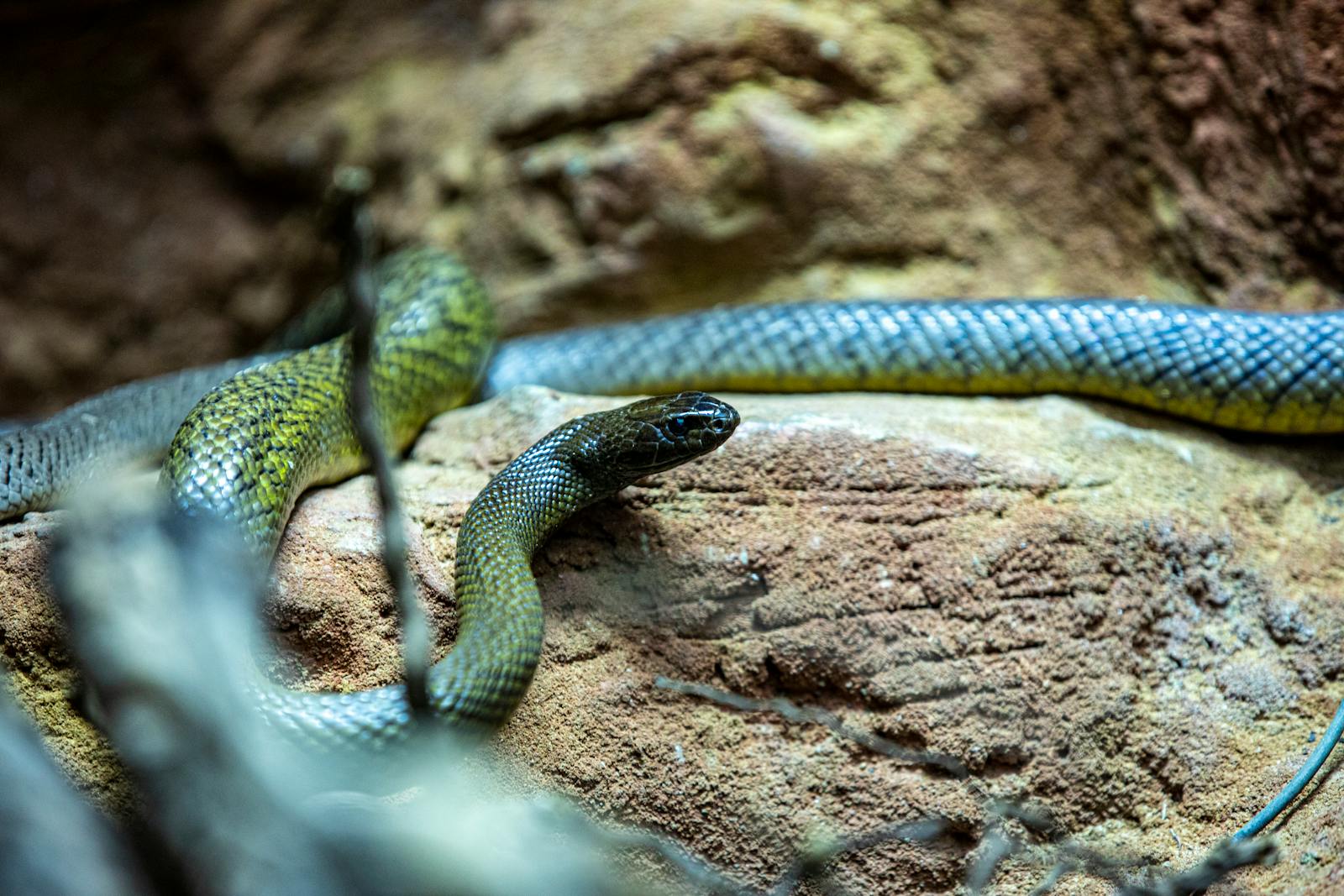In the fascinating world of venomous snakes, color patterns serve as more than mere decoration. These distinct visual signatures—ranging from the striking crimson bands of coral snakes to the camouflaged scales of vipers—tell complex stories of evolution, survival, and environmental adaptation. The variation in coloration among venomous snakes represents a masterclass in evolutionary strategy, where some species advertise their deadly capabilities through vibrant warning colors while others conceal their presence through cryptic patterns. This dichotomy reflects different survival strategies that have evolved over millions of years in response to predators, prey, and habitats. As we explore this colorful conundrum, we’ll uncover the biological logic behind these divergent approaches to survival in the snake world.
The Evolutionary Purpose of Snake Coloration
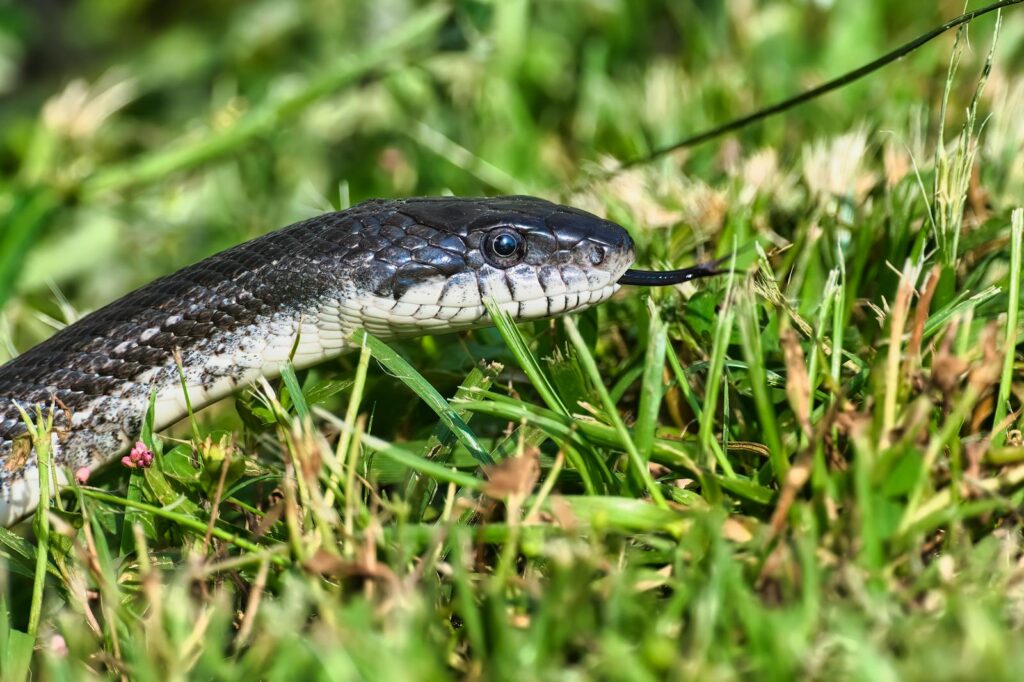
Snake coloration represents one of nature’s most sophisticated adaptations, evolving over millions of years to serve specific survival functions. These color patterns didn’t develop arbitrarily but emerged through natural selection processes where certain traits offered survival advantages in particular environments. For venomous snakes, coloration serves primarily two opposite but equally effective strategies: warning potential predators of danger or concealing the snake from both predators and prey. The evolutionary pressures driving these divergent strategies depend largely on the snake’s ecological niche, hunting behaviors, and the predators it must evade. Understanding these evolutionary mechanisms provides crucial insight into why venomous snakes display such remarkable diversity in their appearance despite sharing the common trait of venom production.
Aposematism: Nature’s Warning System
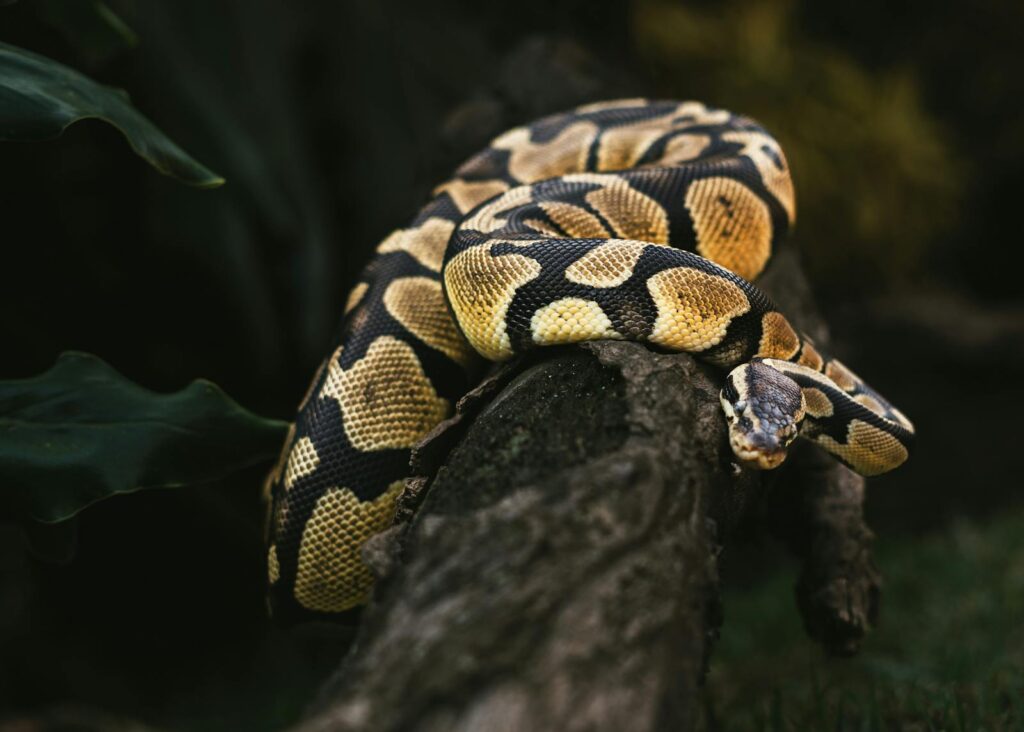
Aposematism represents one of nature’s most effective communication systems, where animals display bright, contrasting colors to warn potential predators of their dangerous or unpalatable qualities. This biological warning system is particularly evident in venomous snakes like coral snakes, whose brilliant red, yellow, and black banding patterns serve as a universal caution sign in the animal kingdom. The effectiveness of aposematic coloration relies on predator learning and memory—once a predator has an unpleasant or painful encounter with a brightly colored venomous snake, it typically learns to avoid similar patterns in future encounters. This strategy works because the cost to the predator of attacking a venomous snake typically outweighs any potential nutritional benefit, creating a powerful selective advantage for distinctive, memorable coloration. Interestingly, aposematic patterns tend to be relatively consistent within species and sometimes across related species, maximizing the recognition factor among potential predators.
Cryptic Coloration: The Art of Disappearing
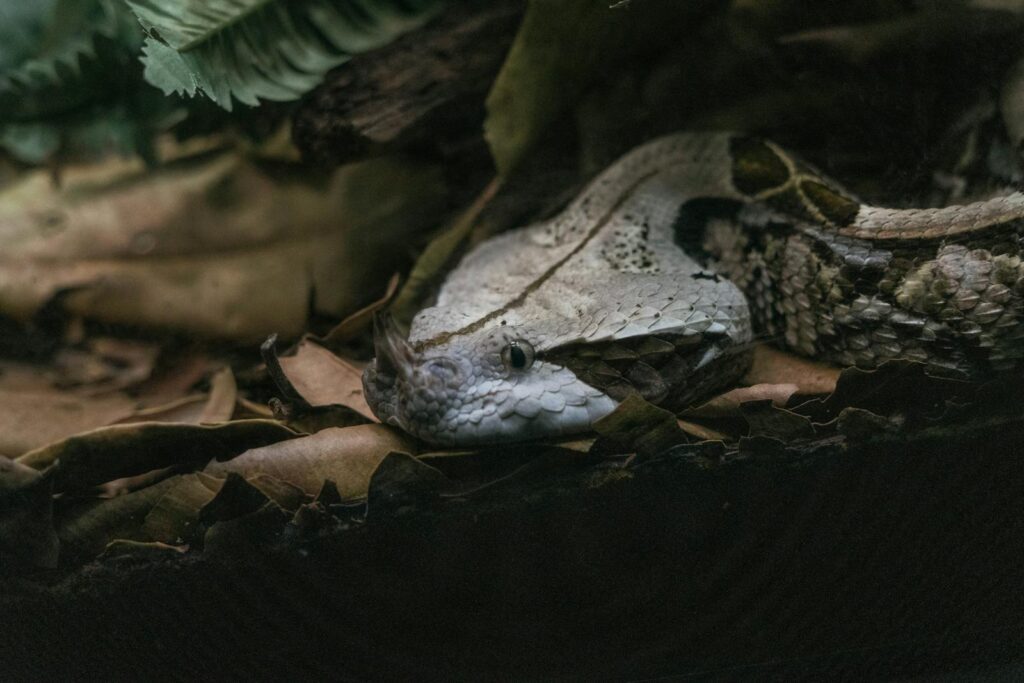
In stark contrast to their brightly colored relatives, many venomous snakes employ cryptic coloration—patterns that help them blend seamlessly into their surroundings. Species like the Gaboon viper possess intricate patterns that mimic forest floor debris, while desert-dwelling sidewinders display sandy hues that render them nearly invisible against their arid backdrops. This camouflage strategy serves a dual purpose: it conceals the snake from potential predators while also hiding it from prey until the perfect moment to strike. The effectiveness of cryptic coloration often depends on behavioral adaptations as well, with many camouflaged snakes remaining motionless for extended periods to enhance their invisibility. The level of specialization in cryptic patterns can be remarkable, with some species developing micro-patterns that match specific substrates in their native habitats, and others changing color seasonally to maintain their camouflage advantage year-round.
The Coral Snake’s Warning: Red, Yellow, Kill a Fellow

Perhaps the most famous example of aposematic coloration in venomous snakes comes from the coral snake family, whose members sport distinctive red, black, and yellow (or white) banding patterns. These highly venomous elapids have evolved such effective warning coloration that their pattern has become immortalized in cautionary rhymes like “red touch yellow, kill a fellow; red touch black, friend of Jack,” helping people distinguish them from harmless mimics. The coral snake’s bright coloration serves as a powerful advertisement of its potentially lethal neurotoxic venom, which can cause respiratory failure. This warning system proves so effective that multiple harmless snake species have evolved to mimic coral snake patterns, gaining protection despite lacking venom—a phenomenon known as Batesian mimicry. The coral snake’s striking appearance represents a classic example of how dangerous animals can benefit from honestly advertising their deadly capabilities rather than hiding them.
Masters of Disguise: Vipers and Their Camouflage
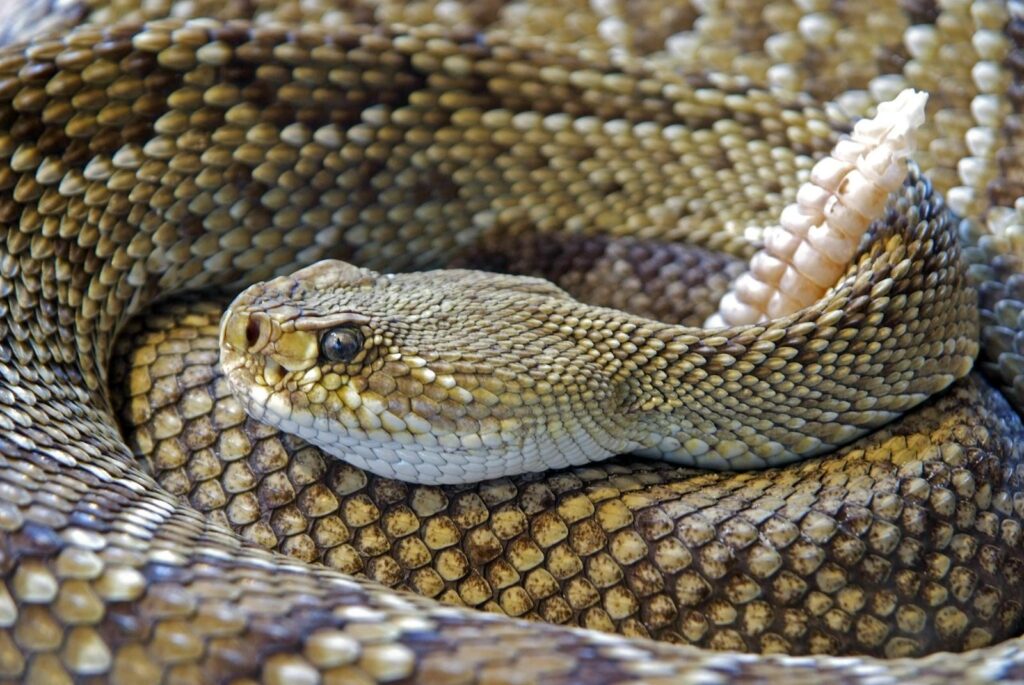
Vipers represent some of nature’s most accomplished masters of disguise, with species like the bush viper and Gaboon viper displaying extraordinarily effective camouflage patterns. The bush viper’s leaf-like scale structure and coloration allow it to disappear among vegetation, while the Gaboon viper’s geometric patterns create a disruptive effect that breaks up its outline on the forest floor. These cryptic patterns work in conjunction with the vipers’ ambush hunting strategy, allowing them to remain motionless and undetected until prey comes within striking distance. Many viper species have evolved coloration that matches the specific microhabitats where they spend most of their time, with patterns that mimic anything from tree bark to leaf litter. The effectiveness of viper camouflage extends beyond visual concealment—their patterns often create optical illusions that make it difficult for predators or prey to determine their exact location, orientation, or even to recognize them as snakes at all.
The Influence of Habitat on Snake Coloration

Habitat serves as perhaps the most significant driver of snake coloration evolution, with environmental factors directly shaping the adaptive value of different color patterns. Desert-dwelling venomous snakes like the sidewinder rattlesnake typically display sandy, pale colorations that match their arid surroundings, while rainforest species often exhibit more complex patterns mirroring dappled light and vegetation. The substrate type plays a crucial role in determining optimal camouflage patterns—rocky habitat specialists typically display mottled gray patterns, while forest floor dwellers often have brown and black disrupted patterns matching leaf litter. These habitat-specific adaptations can be observed even within single species whose range spans different environments, with regional color variations that match local conditions. The correlation between habitat and coloration provides compelling evidence for natural selection’s powerful influence on snake appearance, with optimal coloration strategies differing dramatically between open, exposed habitats and complex, visually cluttered environments.
Hunting Strategies and Their Relationship to Color
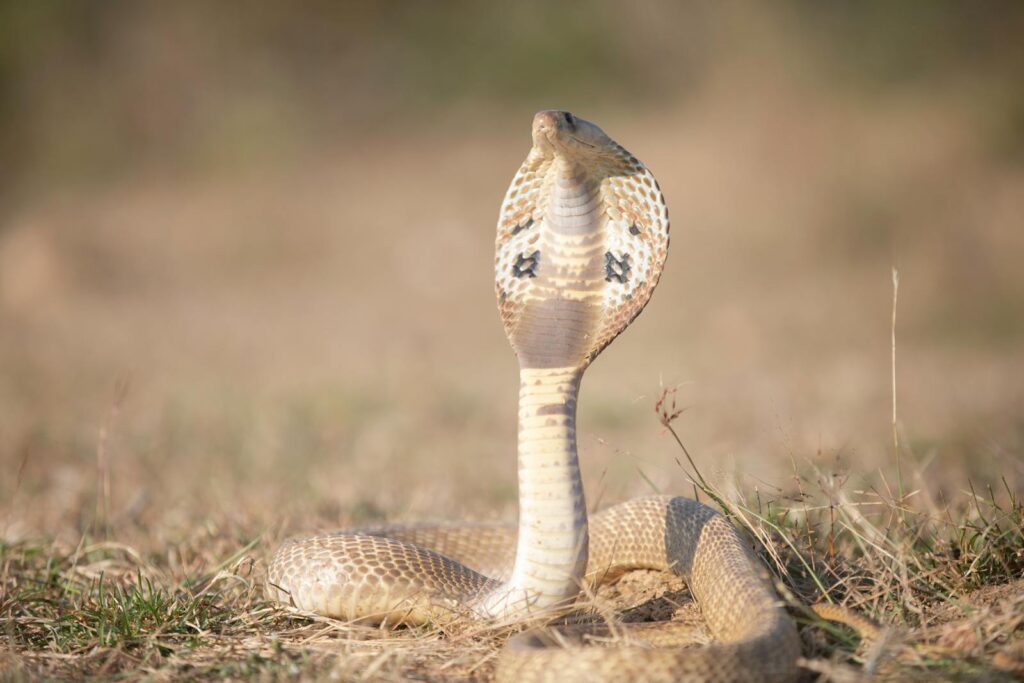
A venomous snake’s hunting strategy and its coloration pattern typically develop in close evolutionary synchrony, each reinforcing the effectiveness of the other. Ambush predators like rattlesnakes and most vipers benefit enormously from cryptic coloration that allows them to remain undetected while waiting for prey to approach within striking distance. In contrast, active foragers like some cobras may rely less on perfect camouflage and more on speed, agility, or, in some cases, warning coloration that deters potential threats during their more exposed hunting activities. The timing of hunting activity also influences optimal coloration—nocturnal hunters may require different patterns than diurnal species, with many night-active venomous snakes displaying more subdued coloration since visual camouflage becomes less critical in low-light conditions. The correlation between hunting method and coloration represents a perfect example of how natural selection shapes multiple traits in conjunction to create optimized survival strategies for each ecological niche.
Mimicry: Copying the Warning Signs
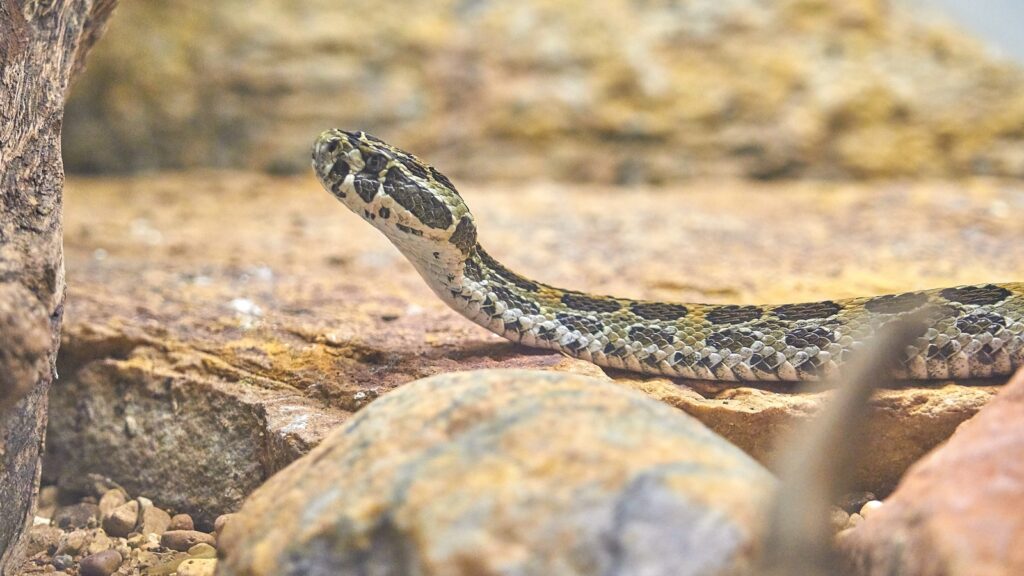
Mimicry represents one of nature’s most sophisticated evolutionary strategies, where harmless or less dangerous species evolve to resemble more dangerous ones. In the world of snakes, this phenomenon manifests most famously in species like the scarlet kingsnake, which closely resembles the venomous coral snake despite being harmless to humans. This form of deception, known as Batesian mimicry, provides significant protection benefits as predators avoid the mimic based on previous negative experiences with the model species. More complex still is Müllerian mimicry, where multiple dangerous species evolve similar warning patterns, collectively reinforcing predator learning and avoidance. The effectiveness of mimicry depends on the relative abundance of models and mimics—if harmless mimics become too common, predators may not learn to avoid the pattern, potentially reducing the protective value for both the mimic and the model. The evolution of mimicry systems demonstrates nature’s remarkable capacity for developing complex adaptive strategies through natural selection pressures.
Ontogenetic Color Changes in Venomous Snakes
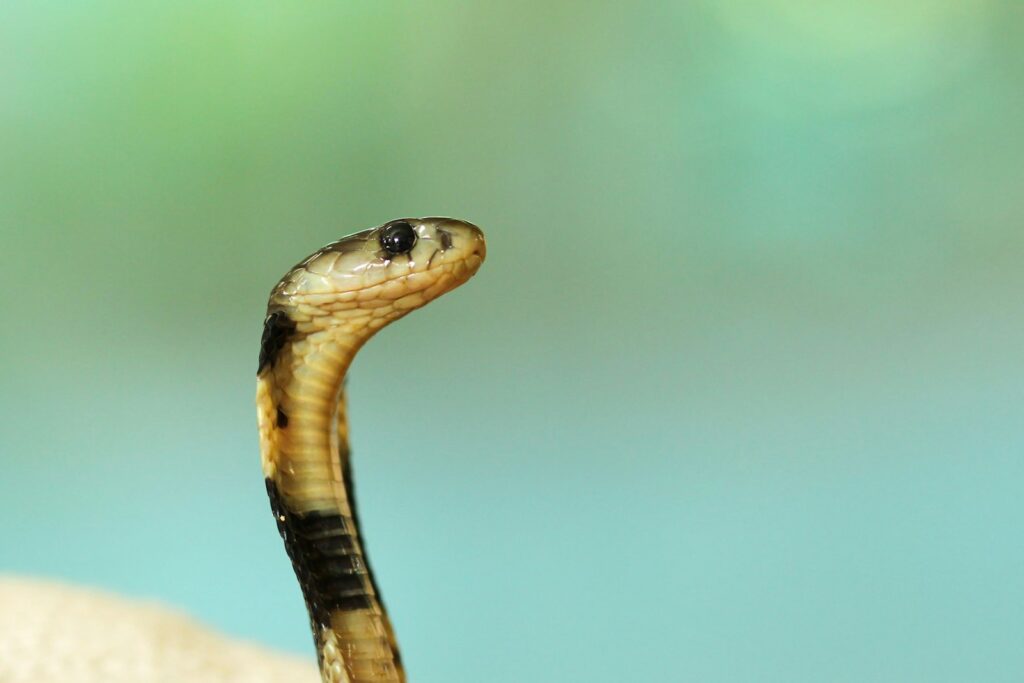
Many venomous snake species undergo fascinating color transformations as they mature, a phenomenon known as ontogenetic color change. Young copperheads, for instance, possess vibrant yellow or green tail tips that they wiggle like worms to attract amphibian or lizard prey—a strategy called caudal luring—while their adult counterparts develop more uniformly camouflaged patterns optimized for ambush hunting of rodents. These developmental color shifts often reflect changes in diet, predator threats, or habitat use that occur as snakes mature and grow. In some species, juvenile snakes may display more vibrant warning coloration than adults, possibly because their smaller size makes them more vulnerable to predation and thus more reliant on warning signals. The complex genetic and hormonal mechanisms that control these color transitions represent sophisticated adaptations that allow a single species to optimize its survival strategies across different life stages, effectively adapting to changing ecological roles without requiring genetic changes between generations.
Geographic Variation: Different Regions, Different Colors
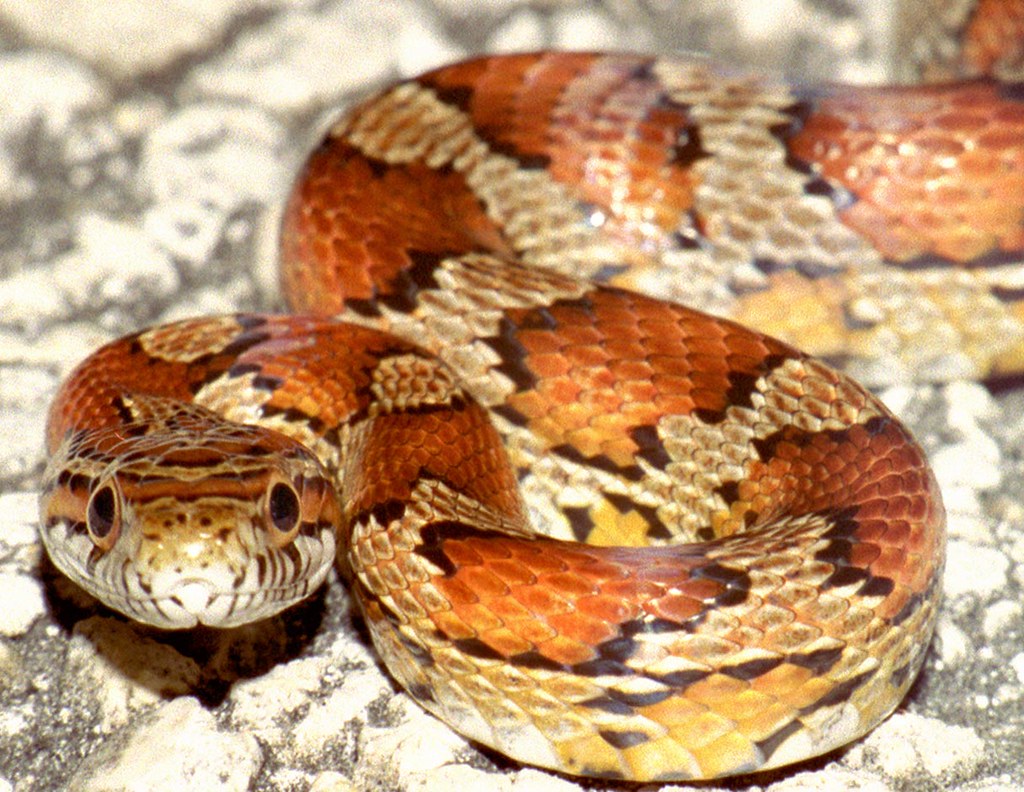
Venomous snake species with wide geographic distributions often display remarkable regional color variations that reflect local evolutionary pressures. The western diamondback rattlesnake, for example, shows dramatic coloration differences across its range, with populations in red desert regions displaying rusty hues while those in grassland areas trend toward tans and browns. These regional variations develop through natural selection as different predator communities, substrates, and visual environments favor different optimal camouflage patterns. Island populations of venomous snakes frequently develop distinct coloration from their mainland relatives, demonstrating how isolation accelerates divergent evolution of appearance. In some cases, these geographic color variations can be so pronounced that different populations of the same species might be mistaken for different species altogether by casual observers. These regional adaptations provide compelling evidence for the localized nature of evolutionary pressures and the remarkable adaptability of snake coloration to specific environmental conditions.
Thermoregulation: When Color Affects Body Temperature
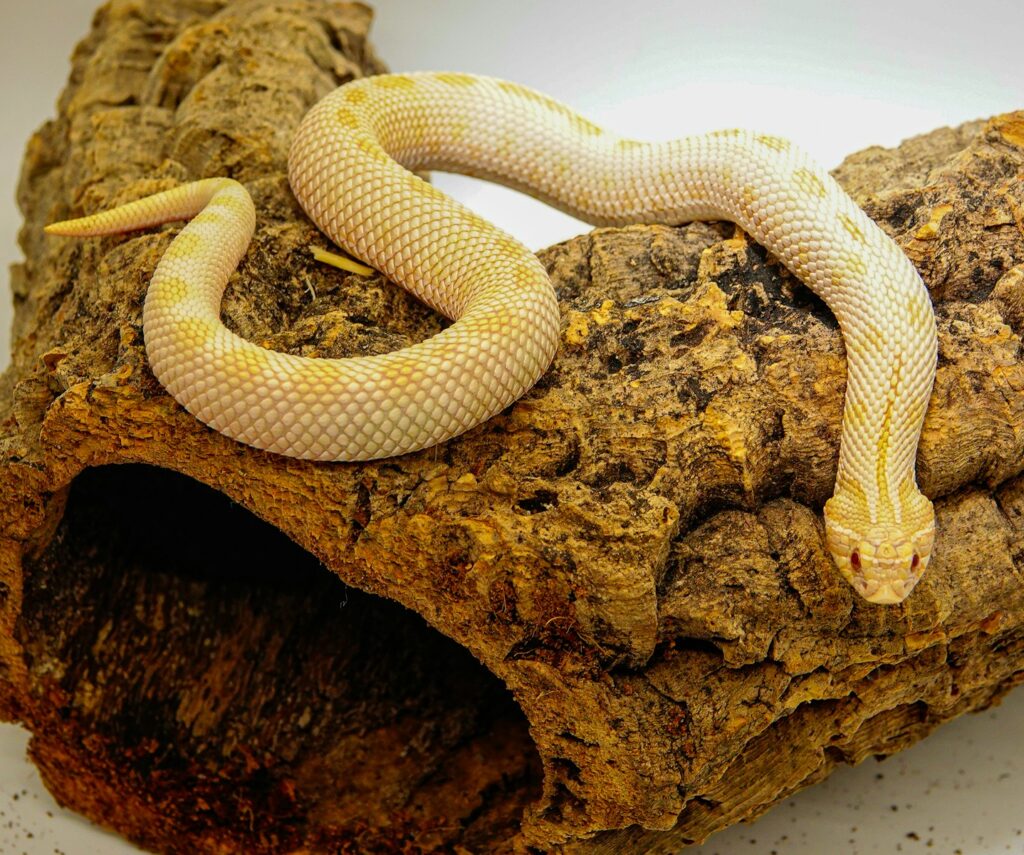
Beyond predator avoidance and hunting advantages, snake coloration can play a significant role in thermoregulation, particularly for species living in temperature-extreme environments. Darker-colored snakes can absorb heat more efficiently in cool environments, potentially explaining why many northern venomous species display darker coloration than their southern relatives. Conversely, lighter coloration in desert-dwelling venomous snakes helps reflect solar radiation and prevent overheating in their harsh environments. Some species display different coloration on their dorsal (upper) and ventral (lower) surfaces, with darker tops for heat absorption and lighter bellies to reduce heat gain from warm substrates. The thermoregulatory advantages of different color patterns can create complex evolutionary trade-offs, where optimal colors for camouflage might conflict with optimal colors for temperature regulation. For species living in seasonally variable climates, this thermoregulatory aspect of coloration can prove as important to survival as predator avoidance, creating multifaceted selective pressures that shape their evolution.
The Trade-offs Between Visibility and Concealment
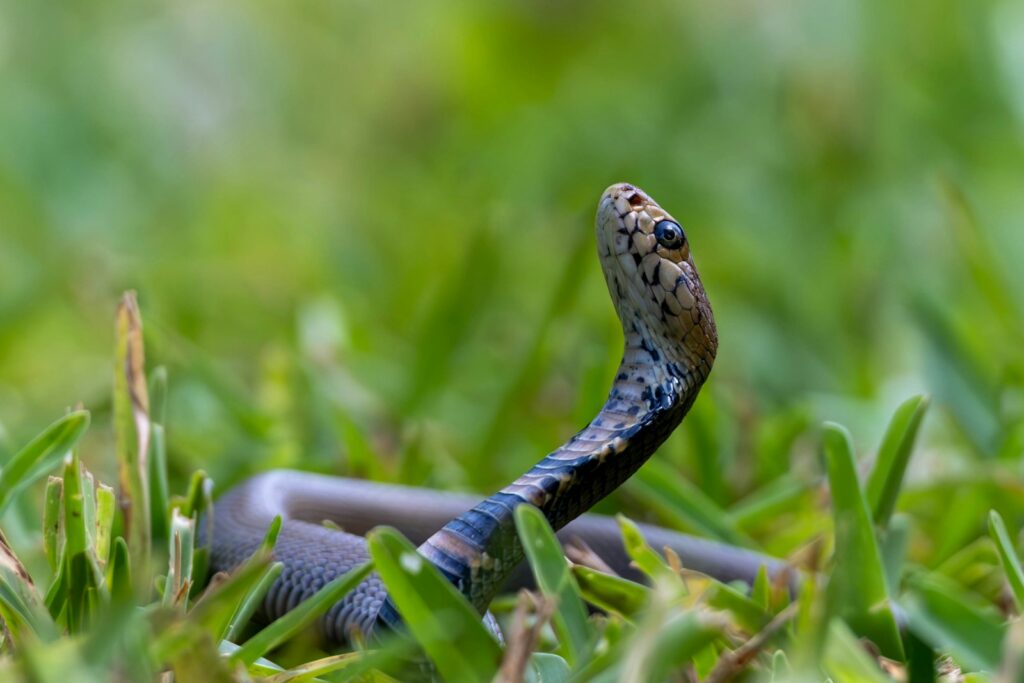
The evolution of snake coloration represents a complex balancing act between competing survival pressures, creating fascinating evolutionary trade-offs. For venomous species, the advantage of warning coloration comes with the cost of increased visibility to their own predators, while cryptic species gain concealment but lose the deterrent effect that might prevent attacks altogether. These trade-offs explain why intermediate strategies sometimes evolve, such as snakes that remain camouflaged but display bright warning colors when threatened—the eastern hognose snake, for instance, typically blends with forest floor debris but flattens its neck into a cobra-like hood displaying contrasting patterns when confronted. The balance point between visibility and concealment depends on numerous factors including the snake’s size, potency of venom, primary predators, and habitat structure. Some species resolve these competing pressures through compromises like disruptive coloration, which breaks up their outline while not being overtly conspicuous, or by concentrating bright warning colors on parts of their bodies that can be selectively displayed when needed.
Human Implications: Recognizing Dangerous Snakes

The diverse coloration strategies of venomous snakes have significant implications for human safety, particularly in regions where dangerous species are common. Contrary to popular belief, venomous snakes cannot be reliably identified by color alone, as both venomous and non-venomous species employ the full spectrum of coloration strategies from bright warning colors to perfect camouflage. The coral snake’s memorable pattern has fortunately created useful recognition rules in North America, but such reliable color-based identification methods rarely exist for other venomous snake families. This reality underscores the importance of region-specific snake identification education that focuses on multiple identifying characteristics beyond just color. In many parts of the world, cryptically colored venomous snakes pose the greatest human risk precisely because their camouflage makes them difficult to detect and avoid. Conservation efforts are complicated by human tendency to fear and kill brightly colored snakes that are assumed to be dangerous, even when many such species are actually harmless mimics that benefit ecosystems.
The remarkable diversity of coloration patterns among venomous snakes reflects millions of years of evolutionary refinement, where each species has developed a visual strategy optimized for its unique ecological niche. From the warning banners of coral snakes to the invisible presence of well-camouflaged vipers, these coloration strategies represent sophisticated solutions to the universal challenges of survival. This dichotomy between advertisement and concealment demonstrates that in nature, multiple contradictory strategies can prove equally effective when matched appropriately to an animal’s habitat, behavior, and defensive capabilities. Understanding these patterns not only enhances our appreciation for these often-misunderstood creatures but also provides valuable insights into broader evolutionary principles that shape all life on Earth. As we continue to study these remarkable adaptations, venomous snakes remind us that in the natural world, diversity of approach often represents not random variation but finely tuned solutions to the complex challenge of survival.

